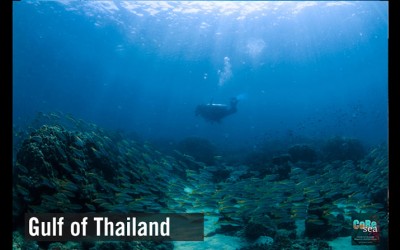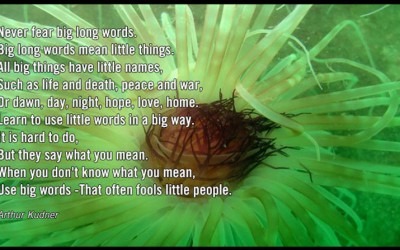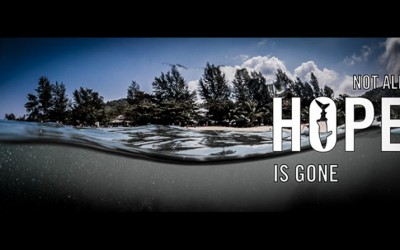The biggest factors threatening coral reefs today are considered to be overfishing and high nutrient levels from untreated sewage. Ines simulated that by adding fertilizer, and excluding herbivore fish with a nifty cage design. See the results in the porster below. Additionally, you can read her publication here.
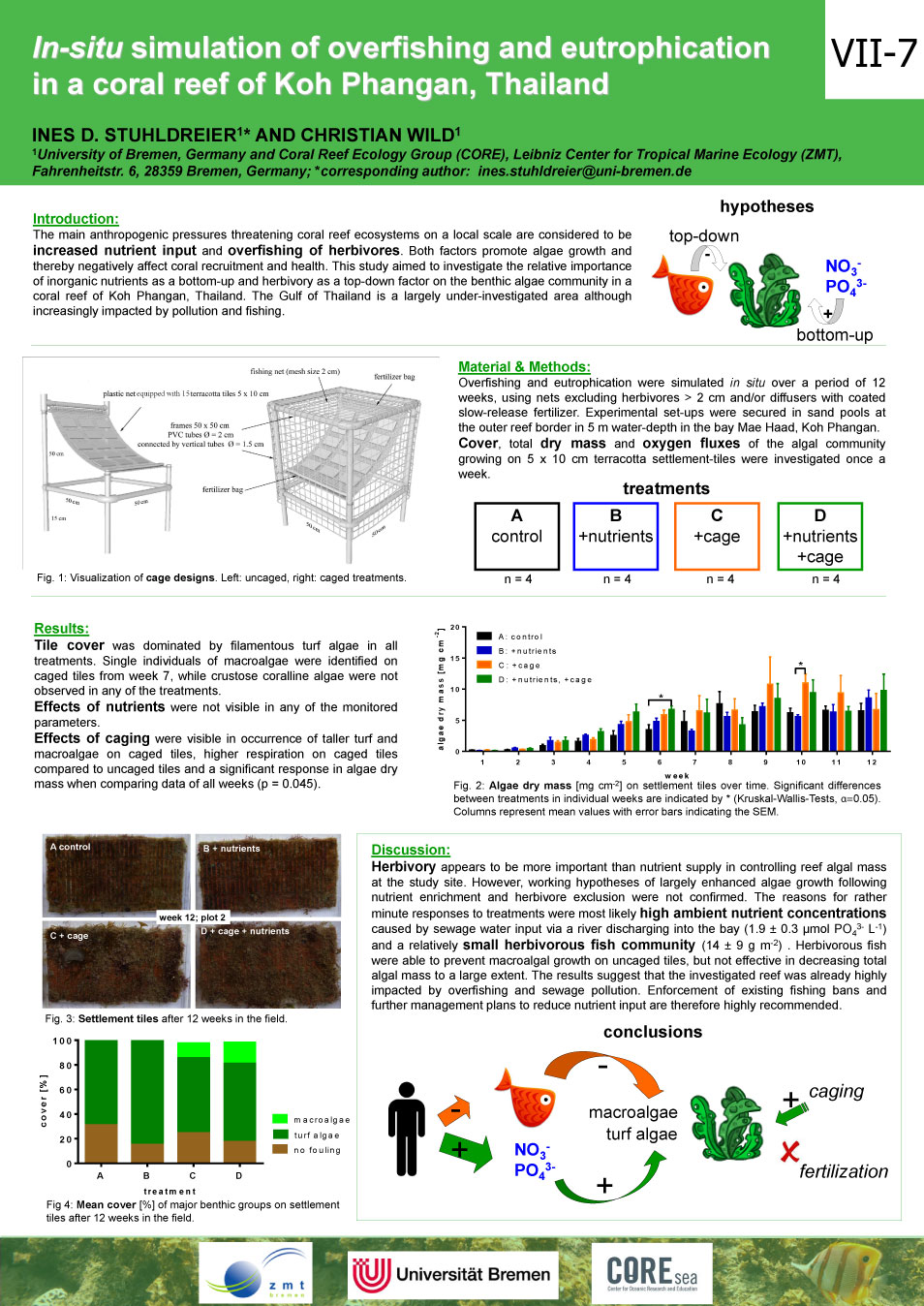
Buy cool Apparel
Support us, buy cool stuff
Join the team
make a difference
Learn more
About the Oceans
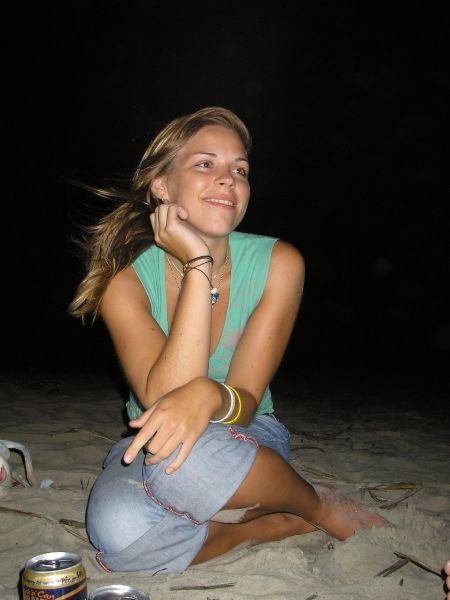
Ines Stuhldreier
PhD
Ines joined us for her Master thesis in 2012, where she studied the effect of nutrients and over-fishing on corals reefs of Koh Phangan – which resulted in a publication. Ines moved on to Costa Rica to study Herbivory, phase shifts and functional groups in coral reefs. She finished her PhD in 2015.
Browse other Articles
About the state of health of the Gulf of Thailand (3)
As part of my diploma thesis, I joined the CORE-SEA-Team from February to May 2011. Rapidly increasing tourist numbers in the area of the lower Gulf of Thailand, accompanied with water pollution, overexploitation of marine resources and disturbances by dive...
About the state of health of the Gulf of Thailand (2)
Hauke Schwieder, Leibniz Center for Tropical Marine Ecology (2011, edited in 2014) In "little" Words A lot of nutrients can be bad for slow growing corals. Their "arch-enemy", algae, love it and they use it to grow even faster than usual. Like weeds in your garden...
About the state of health of the Gulf of Thailand
The state of eutrophication and overfishing in the Samui Archipelago, lower Gulf of Thailand Eike Schoenig1, Hauke Schwieder2, Susanne Pusch2, Panthanee Pengsakghun3, Kai Vetter4, Emma Shaw3 1: CORE sea, Thailand; 2: Leibniz Centre for Tropical Marine Ecology,...
Shifting Baselines
After we posted the article about the history of the Gulf of Thailand (read here), we were asked a couple of very good questions. The questions are quite fundamental and philosophical in nature, but let's see if we can get them sorted. When were there 100% living...
Welcome to the Gulf of Thailand
Welcome to the Gulf of Thailand, which covers roughly 320,000 square-km, connecting Thailand, Vietnam, Cambodia and Malaysia with the South China Sea, and ultimately the pacific ocean. You’ve come to visit a rather peculiar body of water. The Gulf is very young and...
